Central Bank inflation forecast
The National Bank of Romania has maintained the 4.2% inflation estimate for the end of this year and an estimate of 3.4% for next year.

Mihai Pelin, 09.08.2019, 13:34
The National Bank of Romania (BNR) maintained at 4.2% the inflation forecast for the end of the year and estimated a 3.4% inflation rate for the end of 2020. The Central Bank governor, Mugur Isarescu, who presented a quarterly report on inflation, hailed the fact that the government is trying to maintain budget deficit under 3% of the GDP. The core inflation continues to go up, and the annual figure of the consumer price index will exceed 3.5%, which is beyond the Central Bank’s target, after which it will drop to the target level, Isarescu has explained. He has also explained that the two main factors that make prices go up are salary increases and excessive demand and has said that the Central Bank will try to discourage it, without affecting lending. Isarescu has also said that the core inflation went up in June, with the annual inflation rate going down to 3.84% .
Mugur Isarescu: “We have this problem, specific to our domain, of monetary policy, that the core inflation has increased under the pressure of demand and the companies’ costs. It is obvious that prices go up under the pressure of excessive demand and unfortunately, of salary costs.
At the same time, economic activity has intensified. It has been a relatively surprising evolution, Isarescu has said, given that the total final consumption is the component that enhances economic activity. On the other hand, state authorities must take measures to reduce budgetary current account and fiscal deficits, and the Finance Ministry’s intention to target, even after the budget adjustment, a budget deficit level slightly smaller that last year’s one, is justified.
Mugur Isarescu: “I hail the Government’s decision to maintain the deficit at 2.75% (…). With over 70% of the budget covering salaries and pensions, it is unlikely to have anything left for investment. There is an even bigger problem when it comes to revenues. Tax cuts supported equally by the left and the right have led to a level of fiscal revenue of under 27%.”
In Isarescu’s opinion, the correct approach is to stop deficits from growing and to gradually address these imbalances. The main elements that impact inflation are related to the fiscal and revenue policy, the current account deficit, the impact of the new index based on which interest rates are calculated as well as a series of external factors. (Translated by Elena Enache)






























